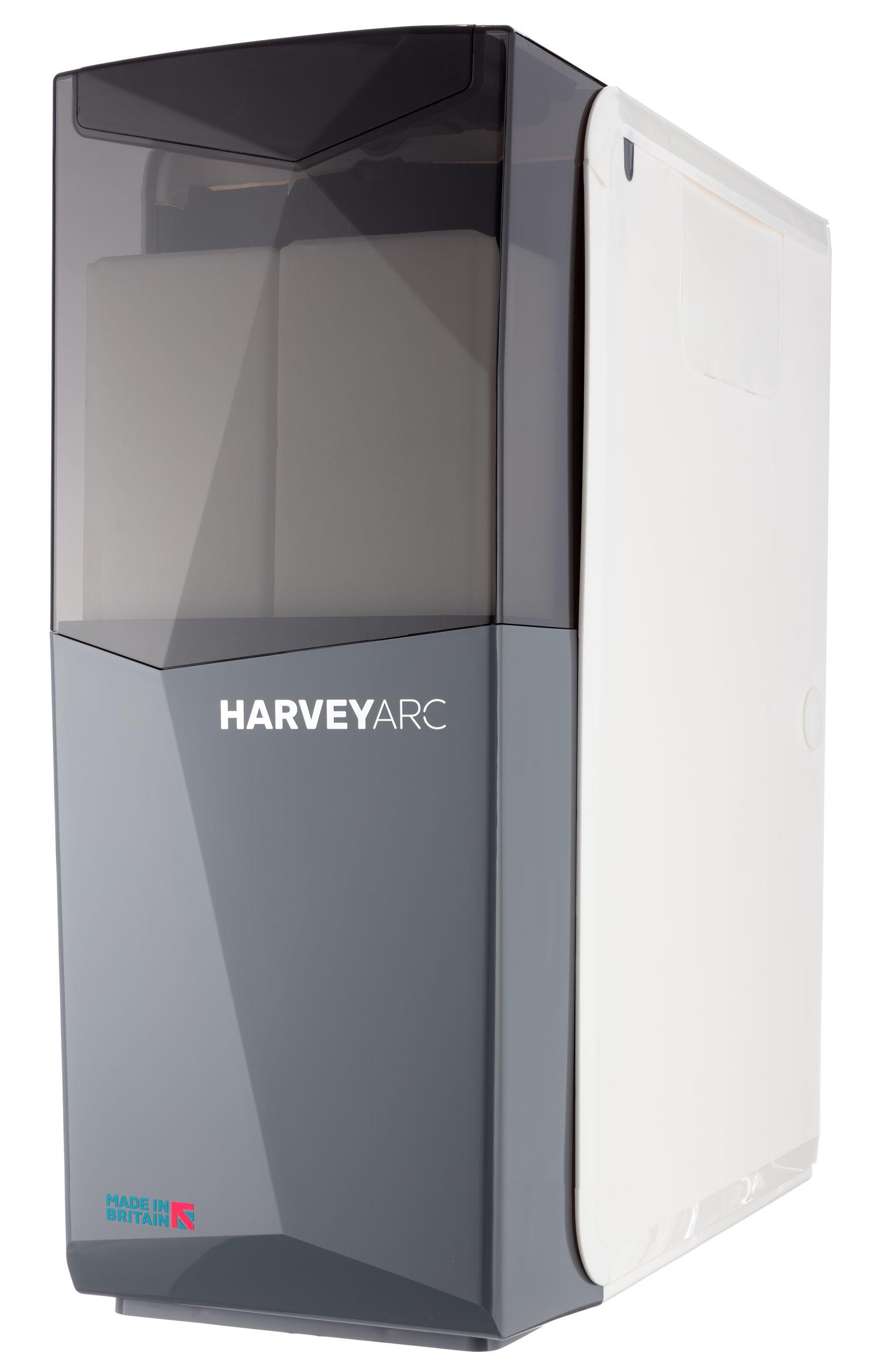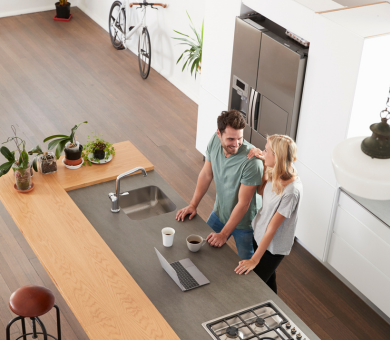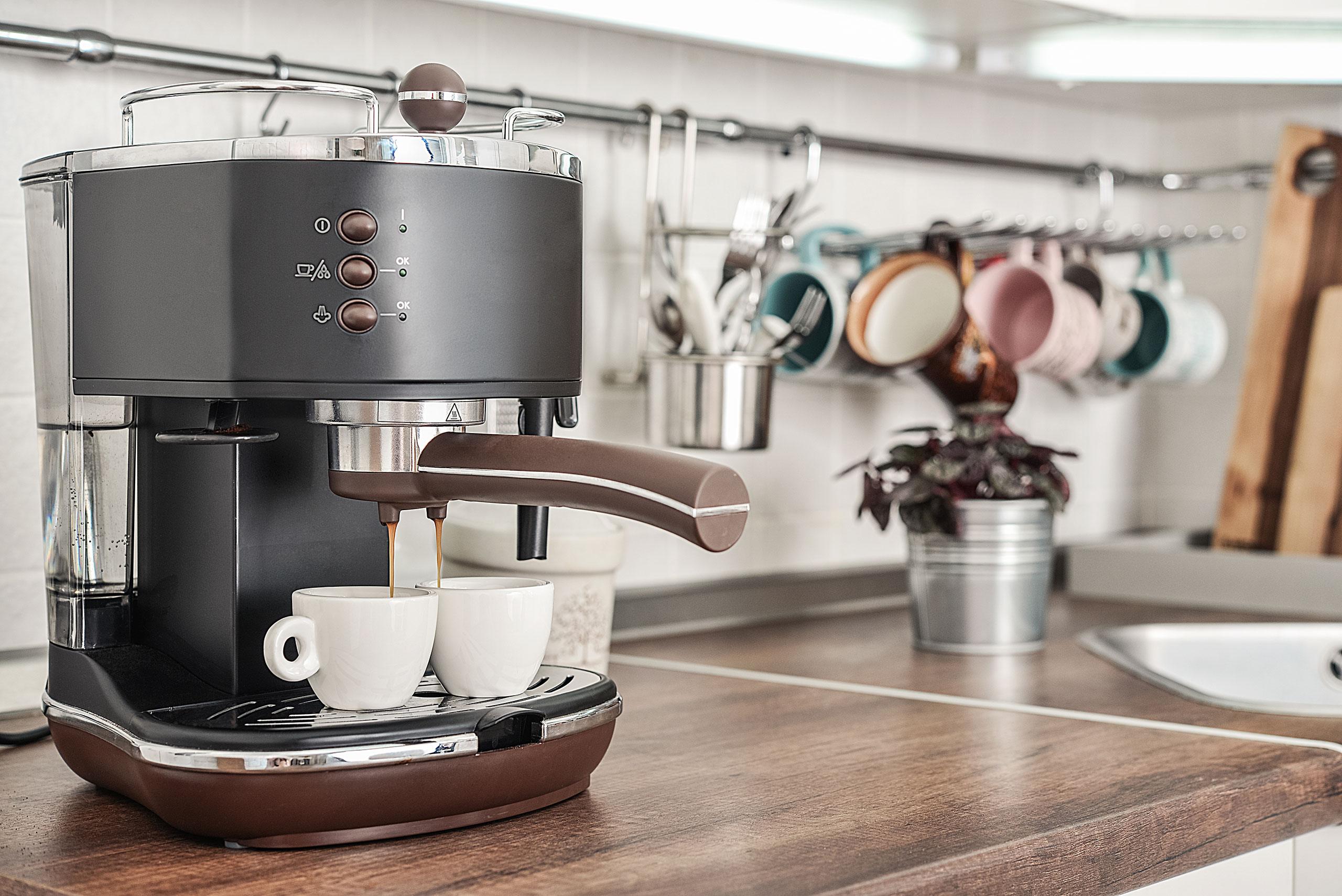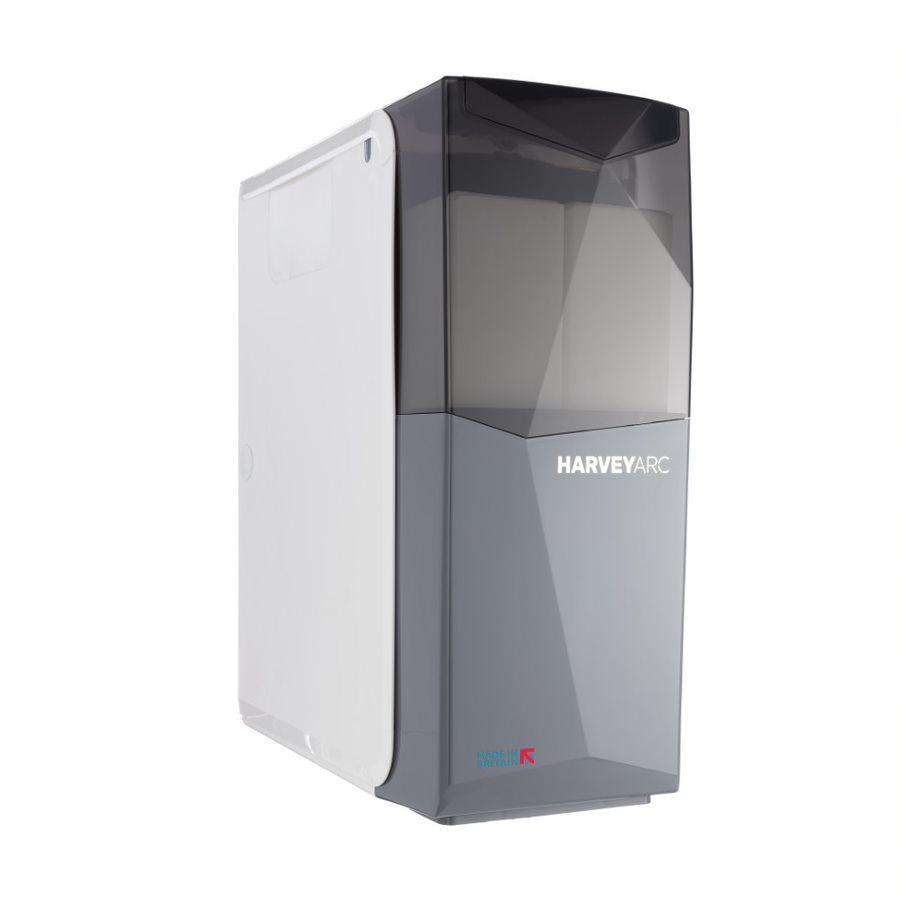
If you’re currently looking to buy a water softener, it’s likely you’ll be choosing between twin tank and single tank (we’ve sold both over the years!). Below, we’ll provide a comparison and explain why twin tank is the best choice for your home.
How a twin tank water softener works
All water softeners need to regenerate after they’ve softened a certain amount of water. This is because they have a resin bed inside their tank which needs replenishing with sodium after a certain volume of water has been softened.
A single tank softener can’t supply soft water while it’s regenerating because the whole system essentially shuts down to clean itself. A twin tank softener has two tanks which means that while one is regenerating, the other takes over. Twin tank softeners can soften water 24 hours a day because of this, making it more efficient than its single tank counterpart. You can learn more about how water softeners work here.
Myth: you don’t need two tanks, because you don’t need soft water at night
A common misconception, sometimes found on money-saving forums, is that 24/7 soft water is the only difference between single tank and twin tank softeners and that this isn’t worth the extra cost. The argument goes that with a basic, cheap, single tank softener, you can set it to regenerate at night so you only get hard water when you’re asleep. But that’s OK because who needs soft water in the middle of the night, right?
Regenerating at night on a timer system – whether they need to or not – means that single tank water softeners will almost always be inefficient. You probably use a similar amount of water in your home each day. Now what are the chances that this turns out to be exactly the amount of water that your softener can soften without regenerating? Pretty slim.
So, assuming you used less water than your softener could have handled, your single tank softener will probably be regenerating when it doesn’t need to, wasting water and salt and costing you more money than they should every day.
If a single tank softener isn’t inefficient, you’re getting hard water
Of course, the alternative is that you used more water than your single tank water softener was expecting, in which case you’ve been getting hard water since the moment in your day when your softener ran out of capacity.
This means a single tank water softener has two settings for when it regenerates: too soon, or too late.
And if you go away for a few days and forget to re-program your softener? It will carry on flushing your water and salt away down the drain for no reason.
Really, a single tank softener is like a toilet that flushes automatically once every hour whether or not it’s been used. Most of the time, you’ll just hear it flushing itself when there’s no need. And when it actually needs flushing? Well, you’ll just have to live with it until the next flush comes around.
You’d be amazed at the complicated solutions that people come up with to work around this problem. Electronic timers. Different “modes”. Computers that try to predict how much water you’ll use the next day. However, it seemed clear to us here at Harvey Water Softeners that taking the problem away was a better idea than developing all sorts of ways around it.
How Harvey invented the twin tank water softener
When our founder Harvey Bowden setup Harvey Water Softeners back in 1978, the only type of water softener on the market had a single tank. He was the first to invent a twin tank water softener which could allow for continuous softening.
He also invented the throughflow model which measures the need for regeneration on water volume, not time – stopping a softener regenerating until it absolutely needs it. Our market leading water softener all began there and it’s no wonder it’s gone onto become the UK’s number one.
Why twin tank water softeners are better than a single tank
It goes without saying that a twin tank softener doesn’t have these problems at all, because it can regenerate while it’s still working. When it’s softened all the water it can, it goes right ahead and regenerates there and then. Not too soon, and not too late. You don’t risk hard water getting into your system and you don’t flush salt and water down the drain needlessly.
It’s also worth noting that the benefits of softened water aren’t reserved for the daytime. Your home has water running through it at all hours and by ensuring all water entering your home is softened efficiently, your home can benefit from reduced bills and improved condition of appliances and pipes.
We’ve been designing water softeners that make a difference to people’s lives for over 50 years. Find out exactly how our water softeners work and discover the science behind their outstanding performance and reliability.
Click here to find out how a water softener works!



